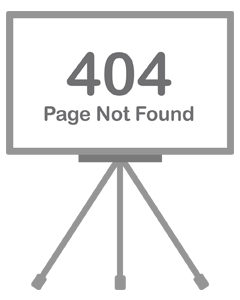
We are sorry, the page you requested cannot be found.
Our Most Popular Training Programs

We are sorry, the page you requested cannot be found.
We use cookies to make interactions with our websites and services easy and meaningful. Please read our Privacy Policy for more details.